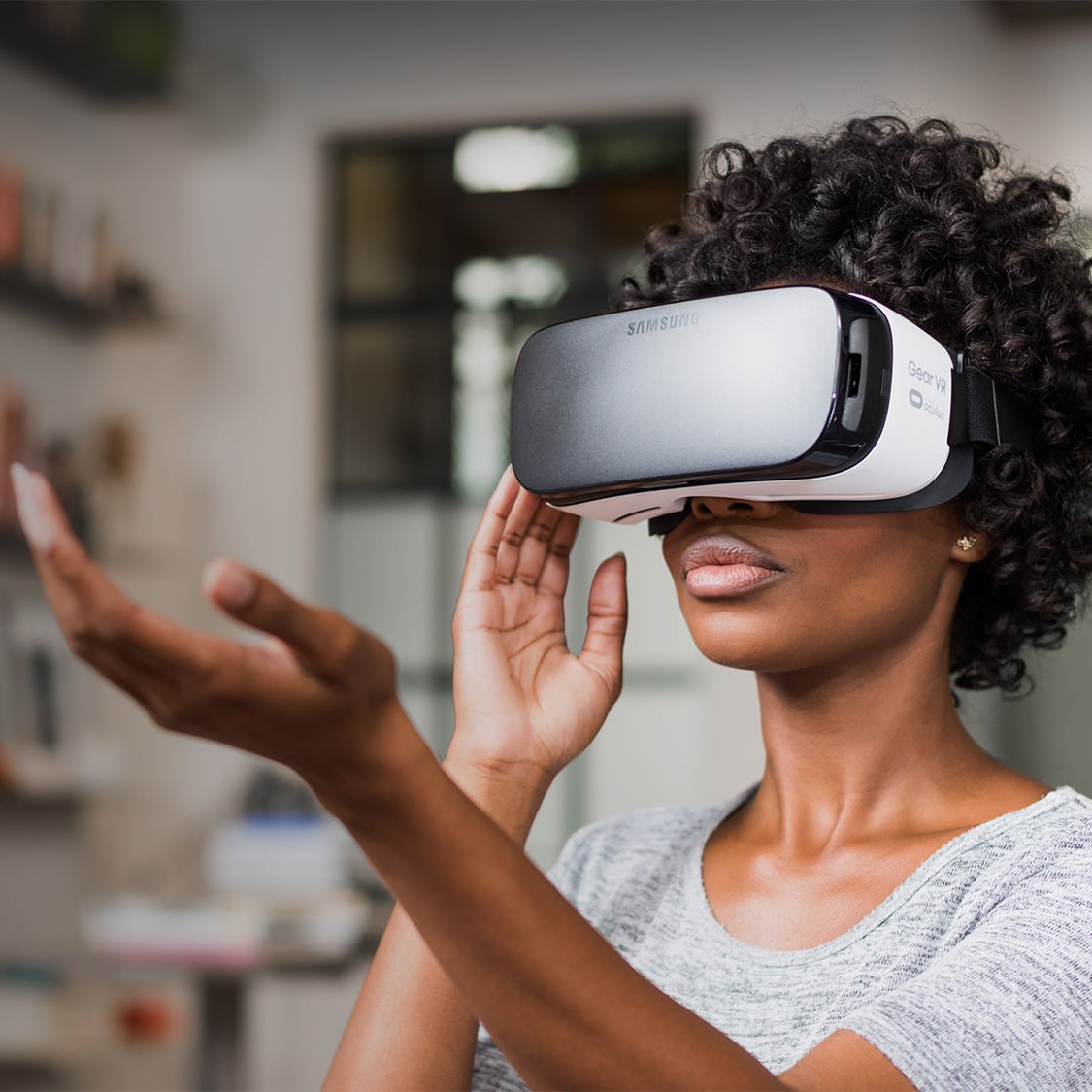
Marketing can get lost in an obsession with data, metrics and trend prediction, in a quest to get a clear view of its audience that can become elusive. The next step is to integrate research and create immersive experiences. But what is included in an approach to immersion as a strategy of this nature?
Given the countless transformations taking place in the new digital economy, markets, consumers and businesses can seem radically different when compared to the reality of a decade ago. These changes are rapidly altering behavior and daily performance in the personal and professional spheres. The inability to adjust or adapt to this behavioural phenomenon can leave many organizations and professionals at a loss. This situation leads to the need to find ways of understanding and connecting with consumers in a different way.
In recent years we have seen different approaches adopted in terms of understanding consumer behavior and creating immersive experiences. Digital technologies are not only causing drastic changes but also offering the means to provide experiences that were impossible to imagine until now.
In a world of multimedia entertainment and games, we see the tendency for immersive experiences to become a humanizing element of the relationship established by organizations and the way they approach the concept of marketing. More importantly, they affect how storytelling and the message of organizations can become an essential factor in connecting with the public.
As marketing based on immersion evolves in the market and the expectations and needs of the public become more demanding, we will be able to observe new forms of interaction with connected experiences, giving us a glimpse of what the future could be in this area.

